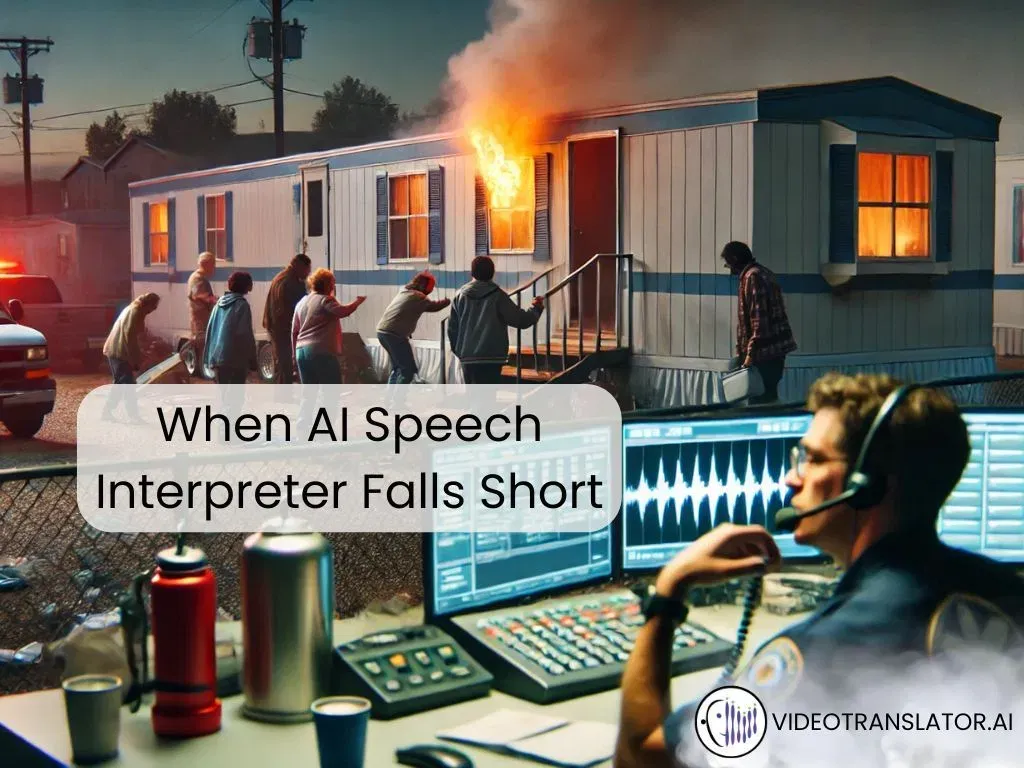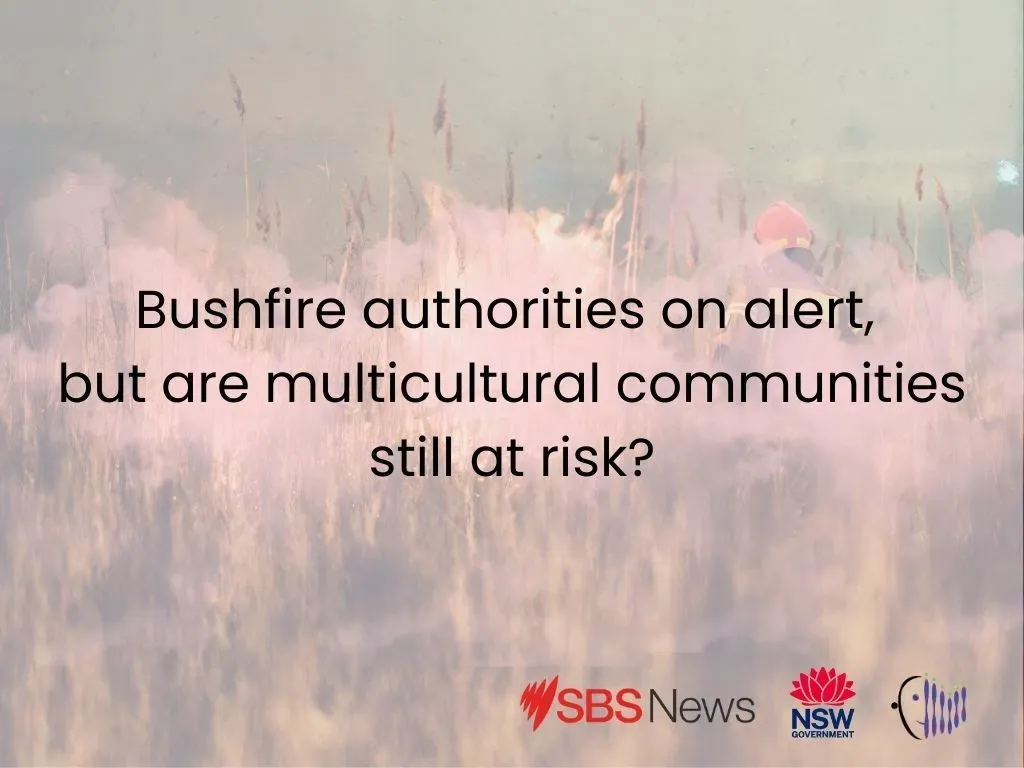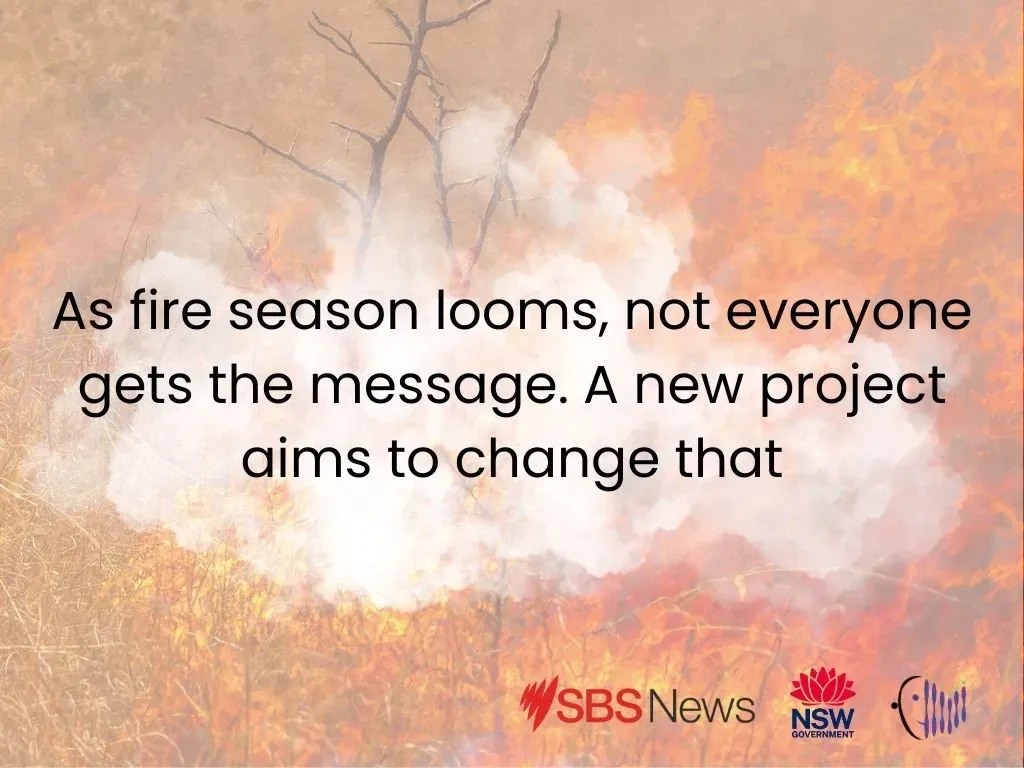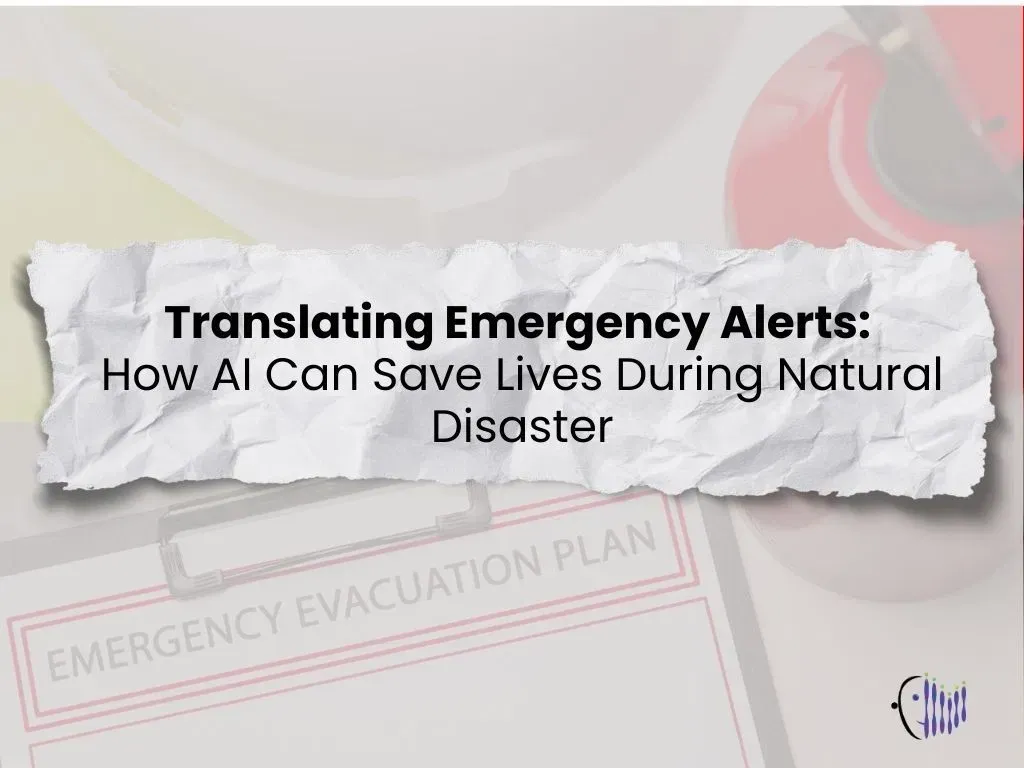Urgency.
A life at stake.
A fire breaks out in a cramped trailer park.
Smoke everywhere. Dial 911.
In less than 30 seconds, people need to be evacuated.
The dispatcher—Marjorie “Ocho” Kouns, certified by the American Translators Association—has to switch swiftly between English and Spanish. A neighbour’s trailer is also ablaze. The call is frantic. There’s no time for confusion.
Now, imagine an AI Speech Interpreter in that same situation. It might fumble when someone drops colloquial Spanish terms for “fire” or “smoke.” Or it might take just a few seconds too long to process context.
In the real world of blazing heat and seconds ticking, that delay could make all the difference.
That’s the central argument we’re exploring today: AI, while powerful, is often inappropriate for emergency solutions where urgency is paramount.
Best Practices in Emergency Response Language Services
Recently, the American Translators Association held a roundtable hosted by Bridget Hylak, spotlighting the experiences of professionals like Marjorie Kouns (911 dispatcher), Clarence East Stokes III (veteran law enforcement officer), and others with extensive interpreting backgrounds. The stories shared were heartbreaking, inspiring, and revelatory.
Here at VideoTranslator, we work with emergency services clients in NSW. However, as language technologists, we are somewhat distant from the operational of translators and interpreters in the real world.
The roundtable by the ATA was a wonderful and detailed look at the critical moments when the work of translators and interpreters is critical. This post is based on some notes I made while watching the webinar.
I would highly recommend you watch it for yourself! You can view it here, and it is free.
Speed is key
As Marjorie notes, fires can go from a spark to a tragedy in moments. “It all happened in less than 30 seconds,” she recalled of a Spanish-language emergency call—one that demanded immediate clarity, not guesswork from an untested AI. Sergeant Stokes confirms that the first 30 seconds are golden, if not decisive.
The right words save lives
Lilliana Trujillo, a Spanish interpreter, caught signs of a stroke in a patient who at first just said they were feeling dizzy. Through careful questioning, she uncovered classic stroke symptoms: the room spinning, trouble walking.
An AI may have recognized the word “dizziness,” but might have missed the nuance of “the floor is shifting,” “my head is spinning,” or “my legs won’t move.” It was that nuance—beyond direct translation—that got a lifesaving stroke alert issued in time.
Context matters
In Quebec, a French-speaking Haitian family once used a term that typically means “chest pain” in France and Haiti. Locally in Quebec, that same phrase indicates “nausea.” A dangerous discrepancy. AI, lacking deep cultural awareness, might have translated incorrectly and sent the medical team down the wrong path. Moments lost, or worse, a life lost.
Firefighter putting down blazing fire Photo by Matt C from Unsplash
AI’s Place In Emergency Preparedness
Yet the same experts also agreed that AI has a meaningful place in large-scale operations, especially when consistency is needed. Think about sending out hurricane preparedness notices or flood evacuation instructions to thousands of households in multiple languages.
Consistency at scale. People like Aaron Kuby at FEMA HQ emphasize the challenge of delivering uniform messages swiftly. AI can handle repetitive text translations across multiple languages in seconds, ensuring that thousands of households receive something in their mother tongue. For a mass communication strategy—where there’s time for review and the message is standard—AI can shine.
Preparation and planning. Before a natural disaster, AI-driven tools can distribute multi-language safety guidelines efficiently. They can generate consistent checklists and detailed instructions—useful for ensuring no community is overlooked.
But in the roar of a fire or the midst of a medical emergency? It’s not enough. “An AI something may actually be worse than nothing,” warns Bridget. Because mistranslations can create a false sense of security or lead to deadly misunderstandings.
Emergency Literacy Needs To Be Part Of The Response Conversation
Emergency literacy is crucial
First responders need cultural competency. This everyone agrees on. But the recipients of care need emergency literacy.
Communities unfamiliar with certain disasters—like tourists on a beach unaware of tsunami protocols—benefit from repeated, consistent messaging. The same tourists may be highly emergency literate in a domestic fire situation. We need to accurately gauge emergency literacy on a per emergency type basis.
AI-based translations can help with leaflets, videos, apps, and public announcements in multiple languages, bridging cultural gaps over time. But in the heart of an actual crisis? Human expertise remains irreplaceable.
Being human with the technology
We can’t dismiss AI entirely. We just can’t let it run the show in split-second scenarios. There must be human involvement, cultural competency, and a rapid back-and-forth that only trained interpreters can accomplish.
So yes, AI is part of our future. It’s powerful. It’s evolving. But in those first 30 seconds of an emergency call—or the golden hour of medical treatment—you need more than machine efficiency. You need the mind of a skilled interpreter who sees through regional slang, cultural nuance, and emotional subtext.
When urgency is paramount, AI is not enough
Yet for broader, large-scale tasks—like natural disaster readiness—AI stands ready, churning out translations and guiding entire communities toward safety.
Use each tool where it shines. That’s the ultimate message. When a life hangs in balance, the subtlety of language can be the deciding factor. And there’s simply no replacement for human insight in that moment.
DALL·E 2024-09-23 11.44.37 - A close-up of a handshake between a human firefighter wearing a fireproof glove and an AI robot with a metallic hand. Focus is on the hands, showing t.jpg Illustration: AI and Emergency Service Providers work hand in hand.
Conclusion
While AI translation tools are valuable for large-scale communication and preparedness, they fall short when it comes to the rapid, nuanced decisions required during life-threatening situations. Human interpreters bring cultural awareness, emotional understanding, and quick adaptability—qualities no machine can fully replicate in critical moments.
At VideoTranslatorAI, we recognize that both human expertise and AI have their place. Our technology supports emergency services by delivering consistent, multilingual messaging at scale—ensuring communities stay informed and prepared. To learn more about how VideoTranslatorAI can help you manage messaging at scale, in an emergency or otherwise, contact us today!
Also read: As fire season looms, not everyone gets the message. A new project aims to change that



